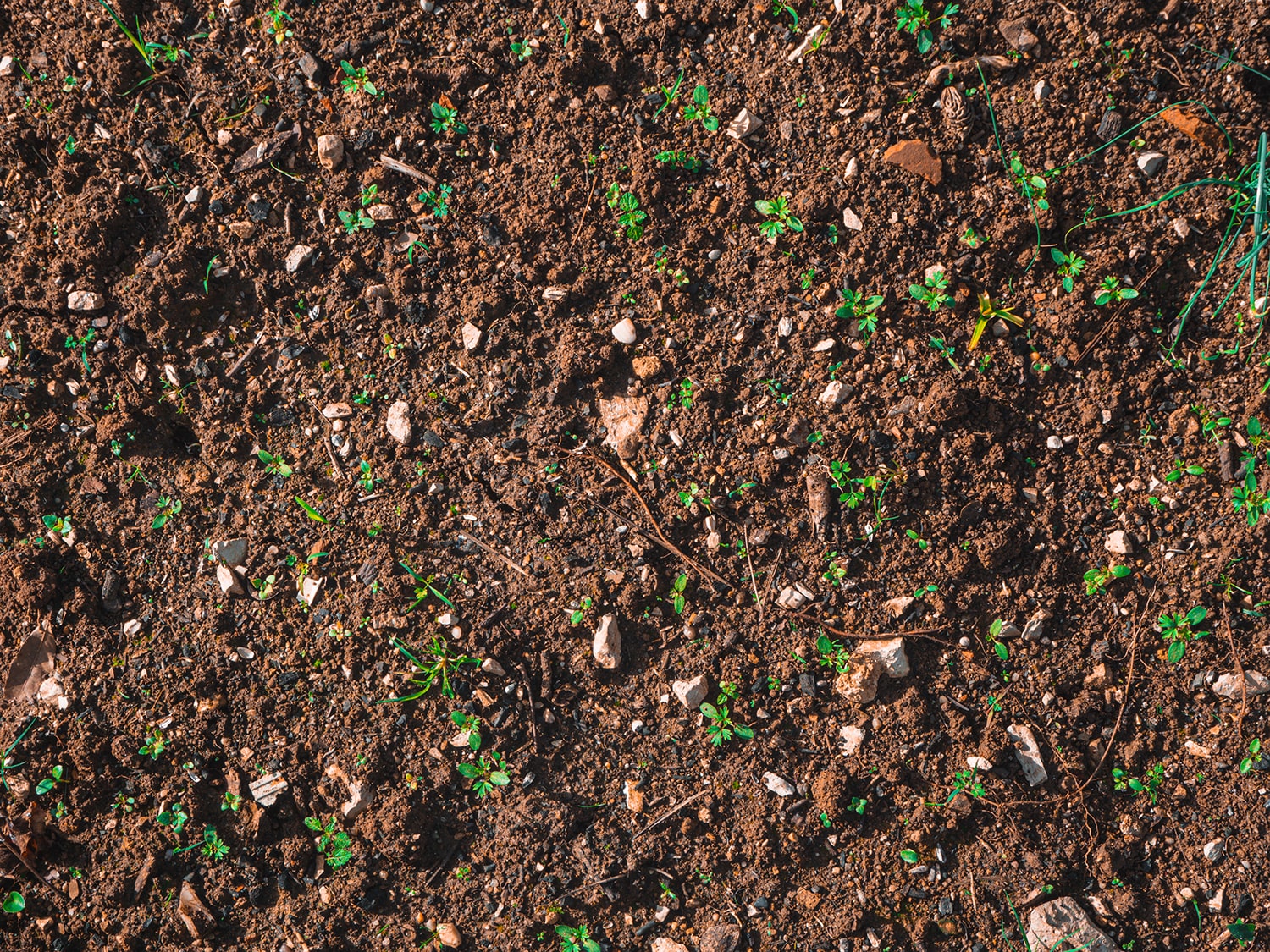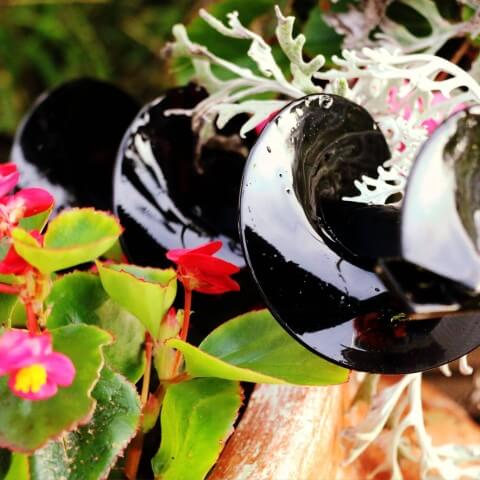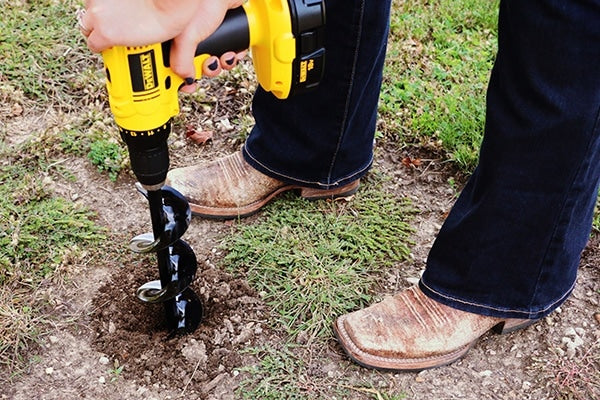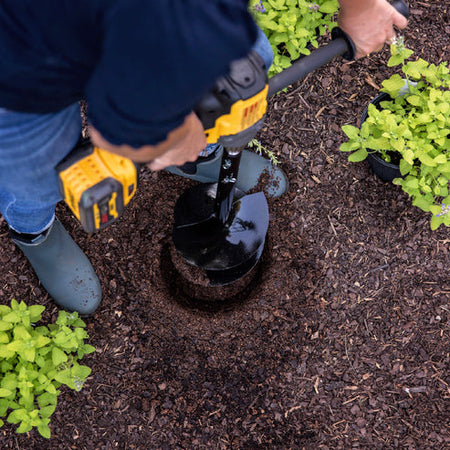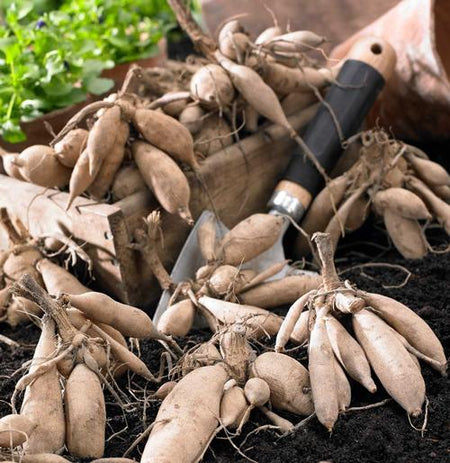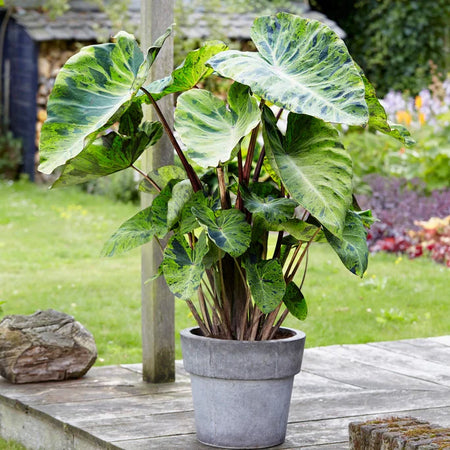Who doesn't enjoy seeing rows of buttery yellow daffodils, vividly red tulips, deep purple crocuses and delightfully pink gladioli brightening their gardens and yards in the spring and summer? And you don't have to have a "green thumb" to grow bulb flowers, either.
All you need are healthy bulbs, a nice afternoon and the handy assistance of planting augers to help you dig plenty of holes!
Pull up all weeds where you want to plant bulbs, mix some nutritious compost in the soil and aerate the soil for better drainage using planting augurs. If the soil is compacted, dampen the soil and let it sit a few days before augering the area
Plant gladioli, crocosmias, tuberous begonias and dahlias in early spring for summer flowers and tulips, hyacinths and daffodils in late September to October for spring-blooming flowers. Regular feeding of your bulbs with an all-purpose fertilizer gives them a boost for more robust, faster growth.
When buying bulbs, try to buy them individually so you can inspect each one for defects. As a rule, prepackaged flower bulbs contain more than just a few bad bulbs. The rule to remember is--the bigger the bulb, the bigger (and prettier) the flower. Also, select bulbs that have their papery covering in tact and examine each bulb for cuts or scratches that could encourage harmful fungal growth.
Earth augers make planting bulbs fun, saves time and are more precisely accurate when approximating hole sizes than spades or trowels. Start by planting each bulb in a hole three times as big as the bulb itself. For example, if you have a one inch bulb to plant, use your planting auger to dig a hole about three or four inches deep.
For two inch bulbs, dig a hole about six to seven inches deep. Place bulbs pointed tip up in their respective holes and cover with damp soil. Or, if you aren't sure about which is the pointed end on a particular bulb, just plant it sideways. The stem knows where the sunlight is--up!
If it doesn't rain enough, water your spring bulbs every seven to 10 days until they start blooming and leaves have yellowed. Likewise, fall bulbs need watered every seven to 10 days (if it doesn't rain) until the first frost of the season.
Urban gardens are often at the mercy of pesky squirrels that love to munch on tulip and crocus bulbs. If you live in an urban area, use planting augers to dig a little deeper than usual to deter dig-happy squirrels. Since bulbs are at their most vulnerable right after planting, try placing chicken wire over freshly planted bulbs until they start to bloom.


